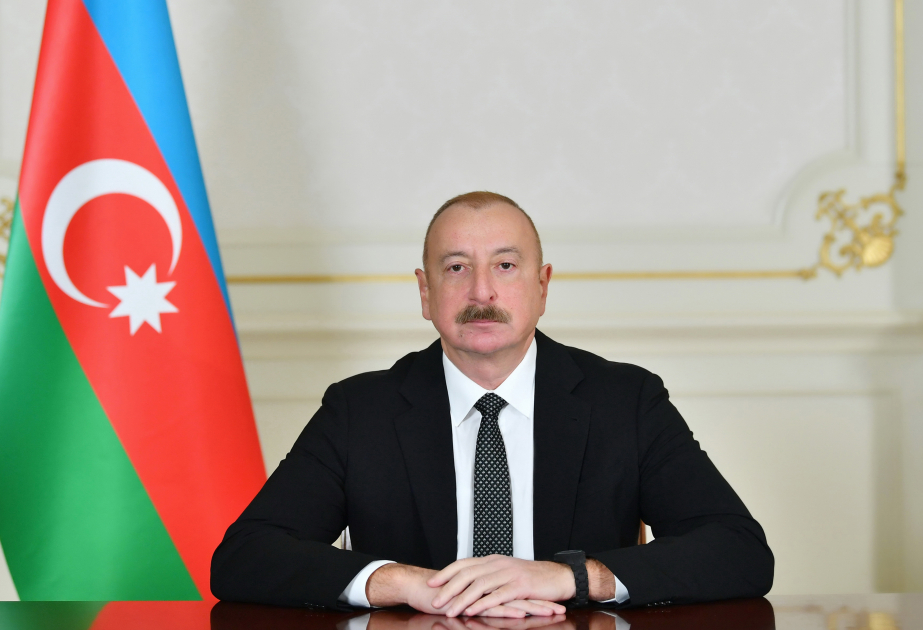After the liberation of the Karabakh region from occupation, Azerbaijan faced a serious problem - contamination of the liberated territories with landmines and explosives. Moreover, the problem is of such a large-scaled that, despite efforts to clear mines, it still prevents the safe return of former internally displaced persons to their homes. Moreover, more than three years after the end of the Second Karabakh War, civilians are still falling victim to mines.
In an interview with Report, the famous Spanish photographer and journalist Gervasio Sanchez shared his impressions of his trip to Karabakh, spoke about his observations of the accelerated pace of the restoration process in the region, noting the significant efforts and resources aimed at this, and also shared his personal experience of working with mine consequences, emphasizing the importance of awareness of this problem and the need for international support in addressing this issue.
- Could you please share your impressions about your trip to Karabakh? What do you think about mine contamination and the effort it will take to solve this problem?
- I have been working with mine victims for almost 30 years. It started in Angola in September 1995, and since then, over the past three decades, I have traveled to many countries around the world where I met mine victims. Until 1995, I was a war journalist, working in war-torn countries such as El Salvador, Nicaragua, Bosnia and Croatia.
However, having seen the consequences of mines in countries such as Angola, Afghanistan and Cambodia - the three countries with the largest number of mine casualties in the world - I did not think that I would encounter such a difficult situation in Karabakh.
I spent two weeks there and was shocked by the number of mines, both anti-personnel and anti-tank, as well as unexploded ordnance left behind from bombing and military operations. They lie in the ground, often invisible, and pose a serious danger - they can explode at any touch.
I think that the situation in Karabakh is quite complicated, it forces the Azerbaijani government to invest a lot of money and a lot of effort to restore the region. In other words, I have a feeling that it will take at least another 10 years to normalize the situation in this part of the country.
- Where exactly were you in Karabakh and what can you say about the restoration work carried out in the territories liberated from occupation?
- I visited Aghdam, Tartar, Fuzuli, Shusha, Lachin, Zangilan, including the smart village of Aghali, and many other small villages throughout Karabakh.
Regarding construction and restoration work, I can say that in such a short period since liberation, great progress has been achieved. Many hectares of land have been cleared of unexploded ordnance, many mines have been cleared, and restoration is underway with interesting reconstruction projects.
I was particularly impressed by the technology used in Aghali, which shows development and an innovative approach to restoration.
- Before you visited Azerbaijan, did you know about the Karabakh conflict? What were your ideas about our region?
- I have been working in conflict zones for many years. Over the course of my 40-year career, I have been deployed to 26 armed conflicts in the Americas, Asia, Africa and Europe. When the Second Karabakh War began in September 2020, I thought about the possibility of visiting the region. However, this was happening during the COVID-19 pandemic, I knew it would be difficult. I realized that in conditions of hostilities, access to Karabakh would be limited, the roads would be closed, so I would have to stay in Baku.
I was aware of the Armenian-Azerbaijani conflict, what happened in 1991 and that after 30 years Azerbaijan regained all the territory. I think now is the time to look for ways to prevent armed incidents from happening again. Peace agreements must be reached between Azerbaijan and Armenia.
- The Azerbaijani side is aimed at establishing peace with Armenia for the benefit and prosperity of the South Caucasus.
- Yes, this aspect is of great importance, since war does not bring anything good. From my own experience I know that all wars only led to a large number of casualties, but did not solve any problems. Conflict resolution is possible only through diplomatic dialogue. I understand that it is difficult, but it is possible. I always say that the worst peace agreement is better than war.
- What impact do you think your photos can have on the international community and its response to the problem of mine contamination in Karabakh and its consequences?
- I always say that before children learn to write, they see pictures. I often speak at conferences both to adult audiences and to students and schoolchildren. And I am confident that photos can have an impact on young people. Photos work great because through them I can tell the stories of people affected by war.
-You only photograph mine victims, but what about the destruction?
- Of course, I have many photographs of destruction from post-conflict zones. However, my main focus is on civilian casualties. The idea is that the "truth" is the first victim of war.
When there is a conflict between two countries or armed groups, everyone has their own version of the truth. Everyone strives to achieve the verity. Therefore, in the chaos of war, when it is difficult to determine what the truth is, I turn to the victims. To me they represent the only undeniable truth of the war. Nationality doesn't matter, they are all victims. They are the only truth when I have doubts. The closer I am to them, the closer I am to the truth. This strategy has always worked well for me.
- What aspects do you consider important in solving the problem of mine contamination and providing assistance to victims?
- Azerbaijan has sufficient financial resources due to the presence of natural resources. This allows the state to make decisions that are not available to others. Afghanistan and Angola are unable to cope with the threat of landmines on their own. They don't have enough budget for this. Therefore, we had to turn to international organizations for help
In Karabakh, the entire structure of work is Azerbaijani. All this is because everything in the country is very well organized.
In addition, anyone who has encountered problems with prosthetics after becoming a victim of a mine explosion has the opportunity to receive one. I visited the orthopedic center in Baku, where they showed me prosthetics and their manufacture. All equipment is modern and efficient. I have never seen anything like this either in Angola, Afghanistan or Cambodia. This shows that if you have the desire, you can achieve success.
The government has indeed made great investments. I believe that in these aspects the situation in Azerbaijan is much better than in other countries. I am confident that everything related to the policy of reconstruction and demining of territories will happen faster than in other places.
The time will come when there will not be a single victim of mine terror in Karabakh in a year, because the territory will be completely cleared. Of course, there are areas that have yet to be cleared, especially in mountainous areas. However, as a rule, mines are installed in villages, urban centers and military conflict zones.
- This is your first visit to Azerbaijan. What impressions do you have from our country?
- Azerbaijan is a country that I have always wanted to get to know better. In 1991, when the war between Armenians and Azerbaijanis began in Karabakh, I was at war in Croatia after the collapse of the former Yugoslavia. I thought about coming here, but the information flow at that time was more focused on Europe than on Central Asia or the Caucasus. I wanted to visit Azerbaijan in 1992 or 1993, but the war in the Balkans prevented my plans. I've always been curious to visit here.
It was easy to work for two weeks in Karabakh, I am very pleased. I met a lot of hospitable people.
Baku is a city that surpasses many European cities in beauty. I say this sincerely. Just walk along the avenues and city streets - and you will understand. Baku is a modern city, but at the same time it skillfully combines antiquity and elements of the past.


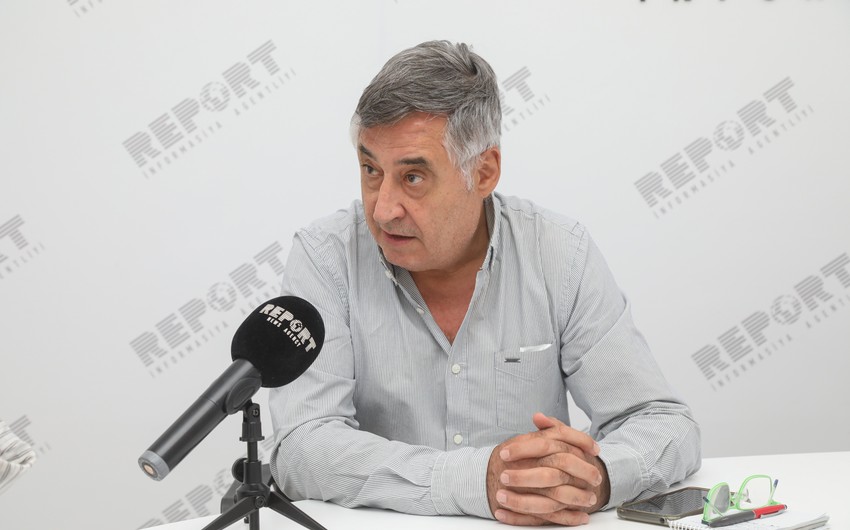
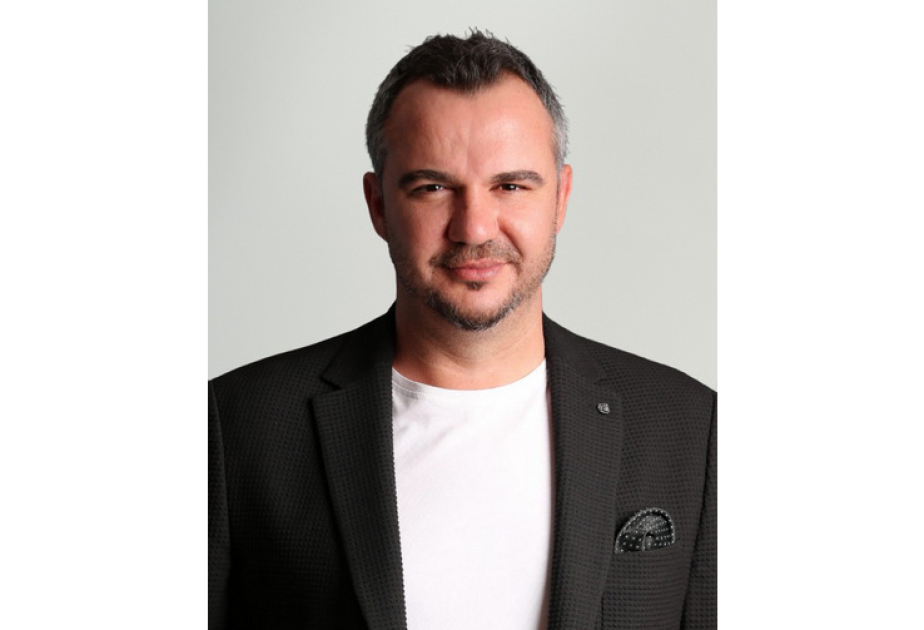
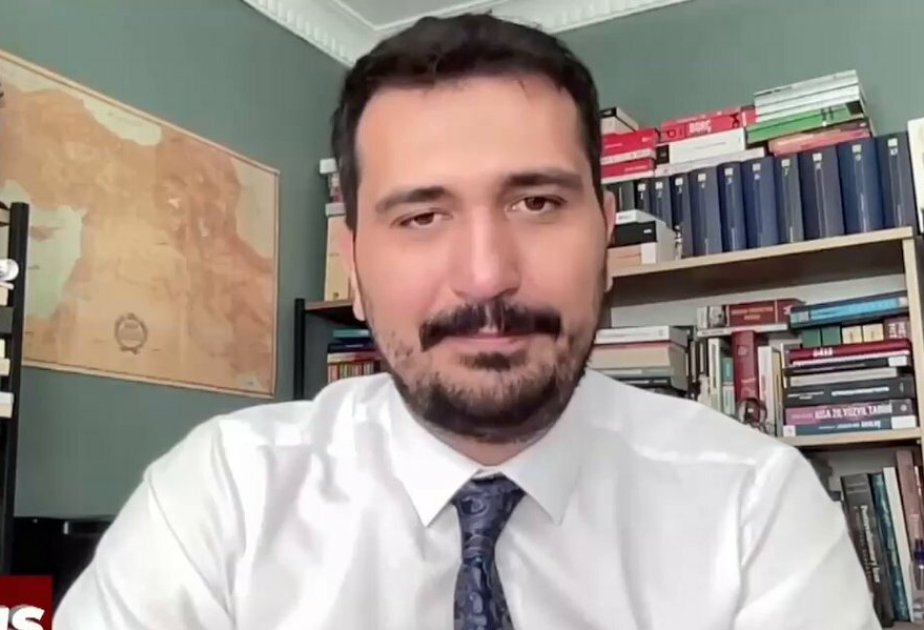
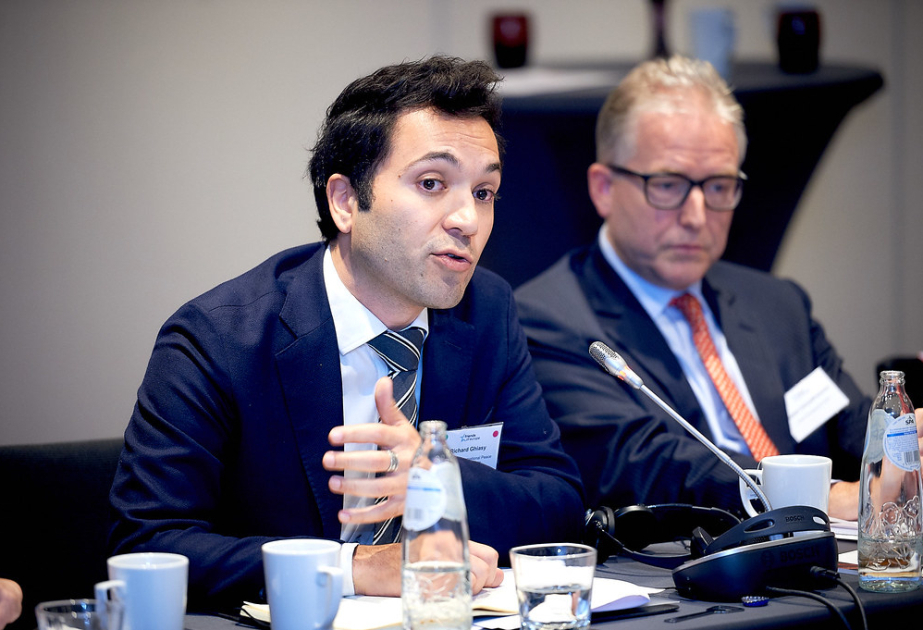
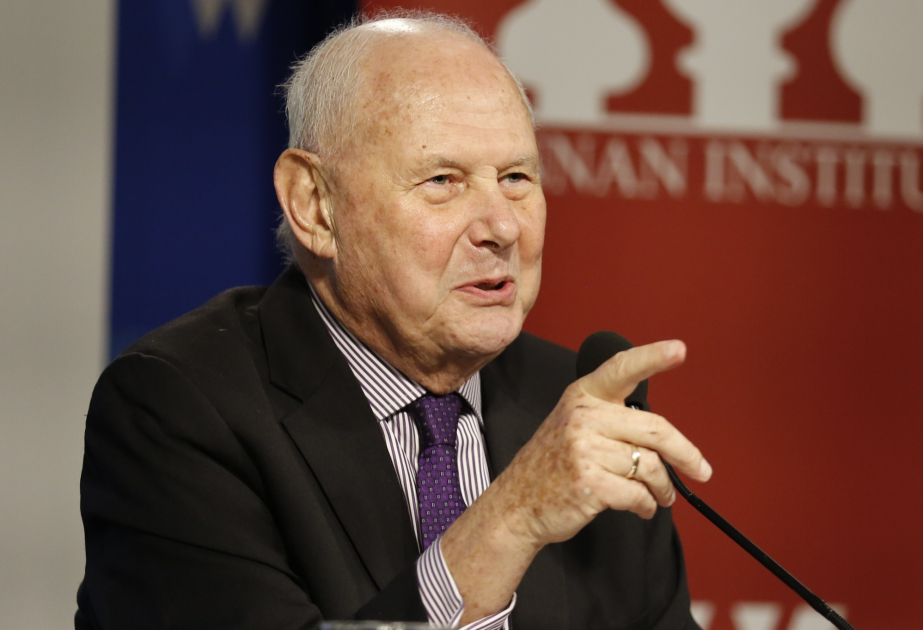
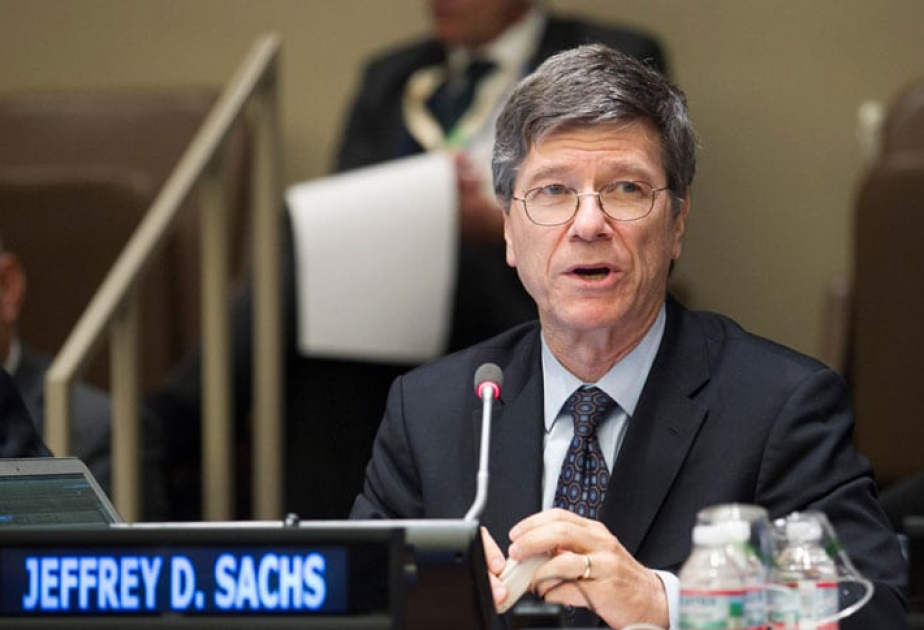
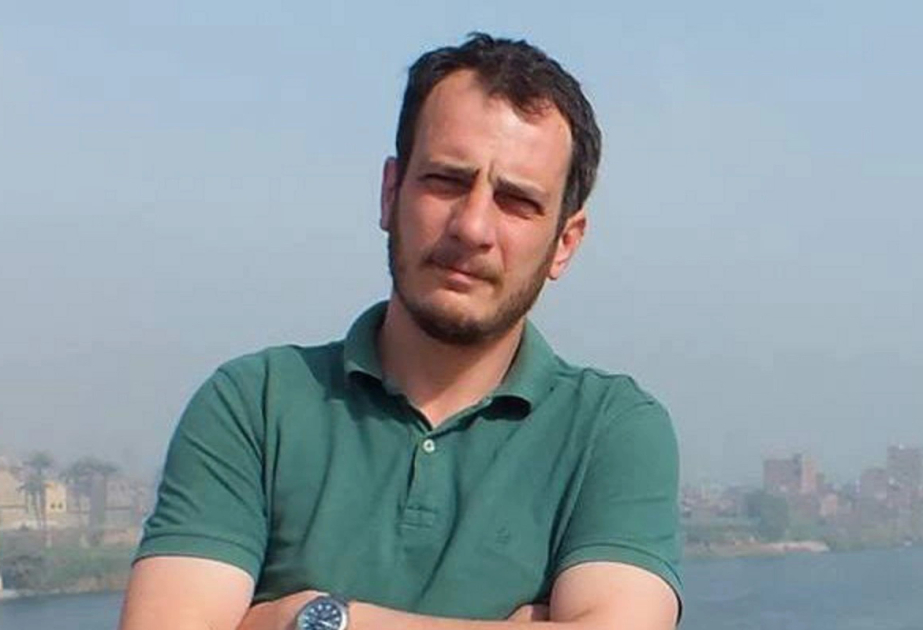
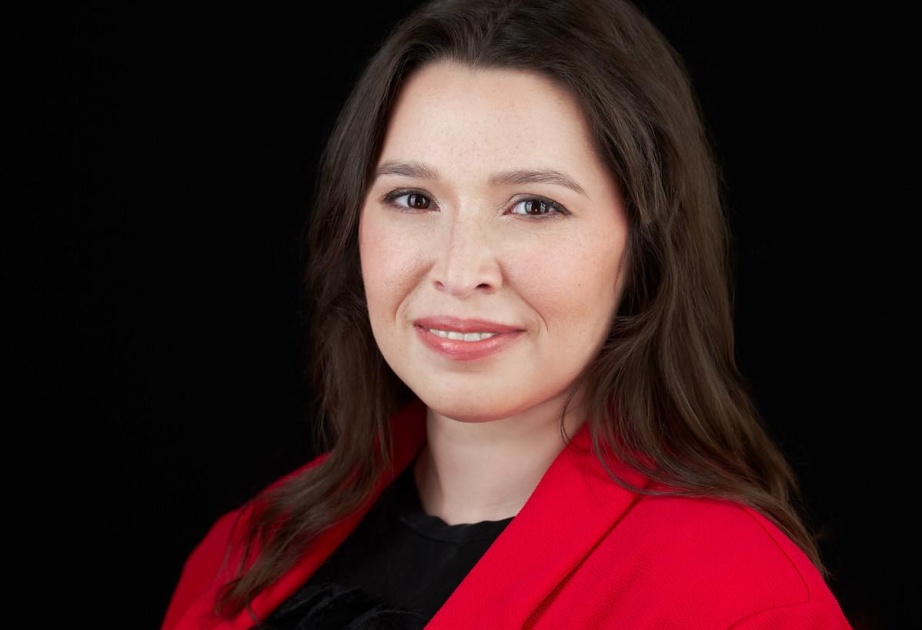
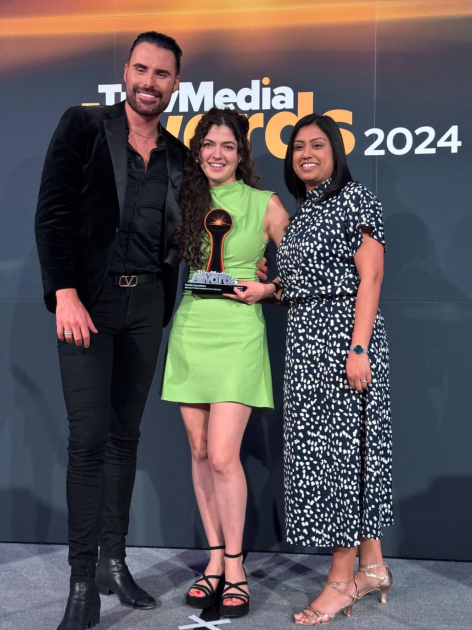
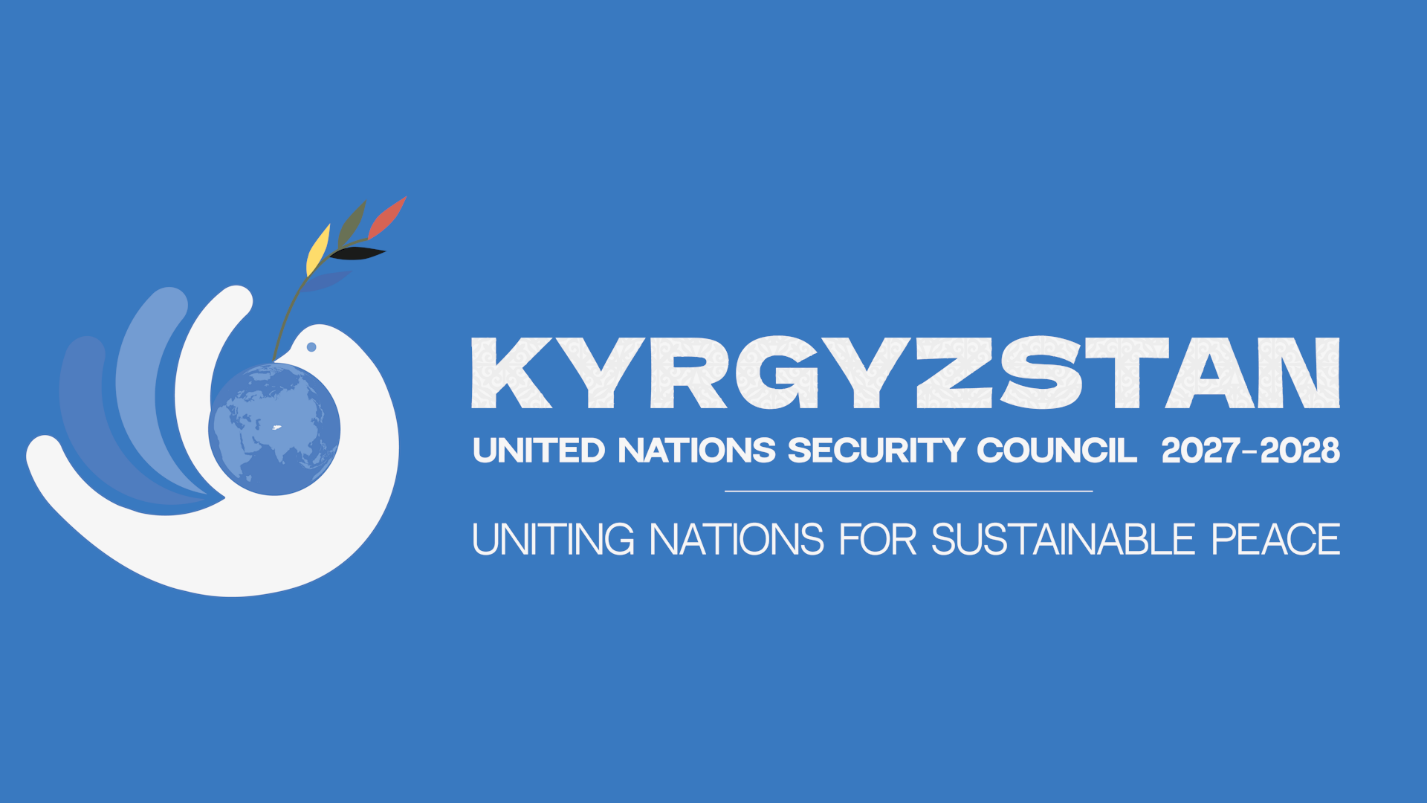



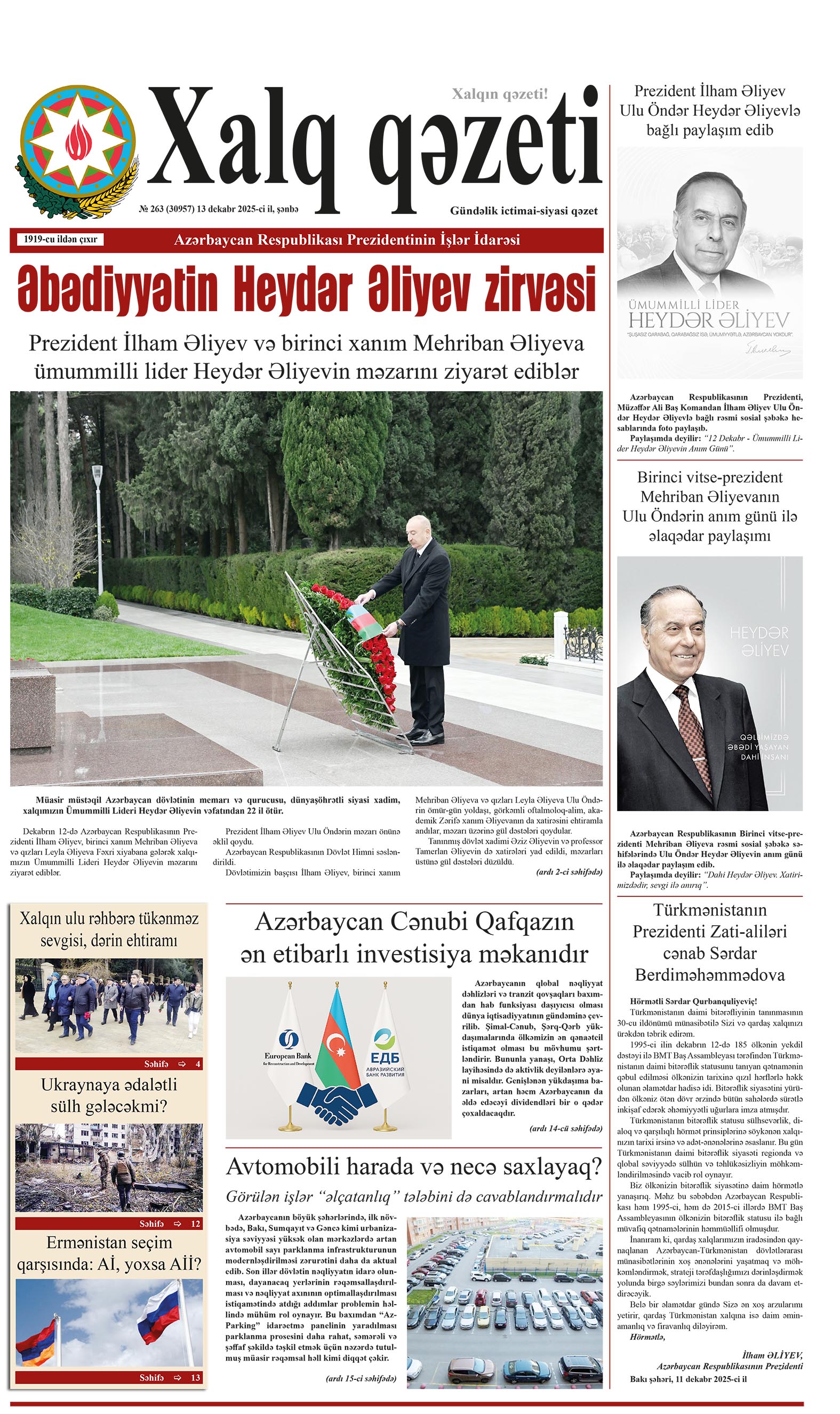
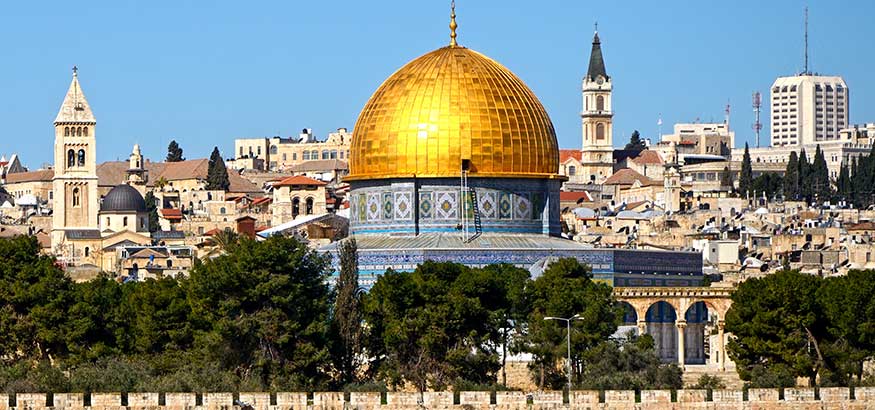
.png)


